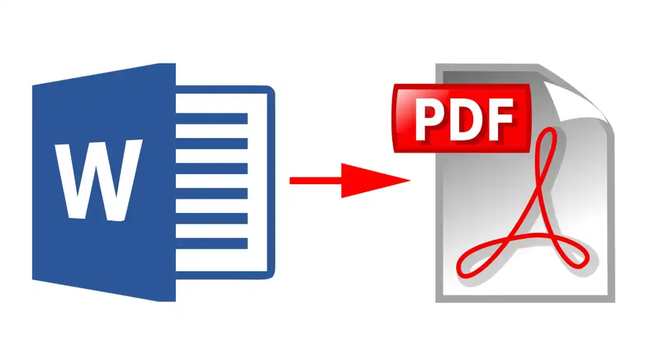Creating PDF Forms

Accessibility experts and professionals who create PDF forms are almost unanimous in recommending NOT using Acrobat Pro for creating PDF forms from scratch.
The layout tools in Acrobat Pro are buggy and difficult to use to get precise layouts. The recommendation is to use a program such as Microsoft Word to create the initial layout, save it as an Acrobat PDF Document, and then import that PDF in Acrobat Pro, and add the form elements, and test and tag for accessibility.
Workflow for Creating a Fillable Form PDF
- Create a styled Word Document.
- Add a title and content as needed.
- Add a table using desired number of columns for layout.
- Add a text label to each row of the table.
- Add a line in columns to the right of each table cell that have labels.
- Remove Borders from the Table!
- Save the Word Document using proper naming conventions.
- Go to the Review Tab, and then Check Accessibility.
- Make any recommended corrections.
- In Word, save that document as an Acrobat PDF using the Acrobat Tab > Create Adobe PDF.
- Open the new PDF in Acrobat Pro (auto open usually).
- Using the Acrobat Tools, click on Prepare Form.
- Make sure that Form Field Auto Detection is on.
- Acrobat should automatically add form fields.
- Check Field order - rearrange as necessary.
- Check accurate field names - they should match the labels.
- Check Accessibility.
- Make any recommended corrections.
Make Accessible PDFs Starting with Word
In general, it is essential to embed certain formatting and structure within a Word document so that, when it is converted to a PDF, assistive technology can follow the structure clearly and provide the information in a logical order to the disabled user.
The basic steps are provided below for Microsoft Office Professional Plus (Word) 2019 for PCs. See the UC Electronic Accessibility website for more detailed information and instructions for making accessible pdfs.
- 1. Headings
- Assign appropriate heading levels to all headings using Styles. The title of the document should be assigned Heading 1. Subheads, or the next level down, should be assigned Heading 2. Continue to assign lower-level subheads as Heading 3, Heading 4, etc
- 2. Body
- Use the Normal text style for the body text of the document.
- 3. Paragraphs
- Instead of hitting Enter twice to create line spaces between paragraphs, set the spacing between paragraphs. From Home, go to Paragraph, then Spacing, and select a point size (e.g., 6 pt) in the Before and After fields.
- 4. Images
- Use alt text to provide a short description for each image. Right-click the image and select Format Picture. Select Alt Text, located at the bottom. Provide a brief description in the Description field.
- 5. Links
- Use link text that has meaning, such as “instructions for making accessible pdfs", instead of "click here" or "more."
- 6. Lists
- Use the Bullets or Numbering list functions for all lists.
- 7. Tables
- Use the Insert Table function to create tables.
- 8. Columns
- Use the Columns function under Page Layout to create columns.
- 9. Check
- Test your Word document for accessibility. Go to the Menu Bar, then Review, and then Check Accessibility.
- 10. Convert
- Convert your accessible Word document into an accessible PDF: Go to the Menu Bar > Acrobat > Create PDF.